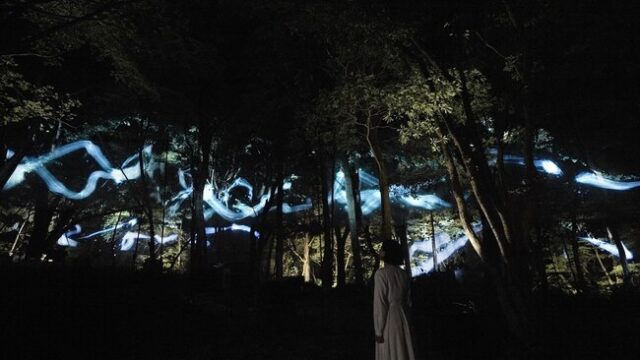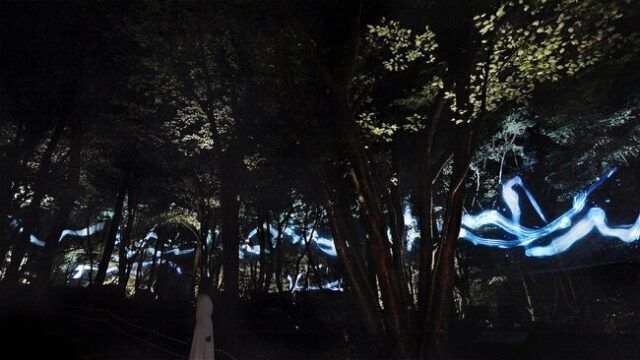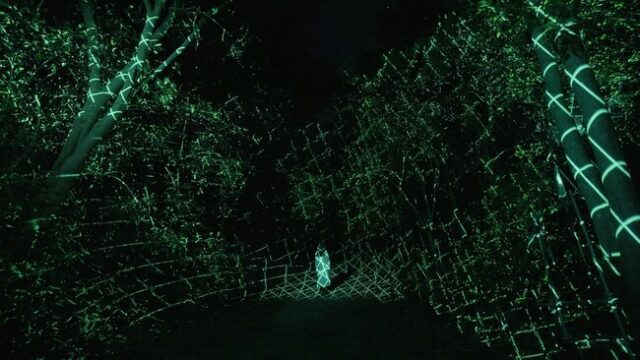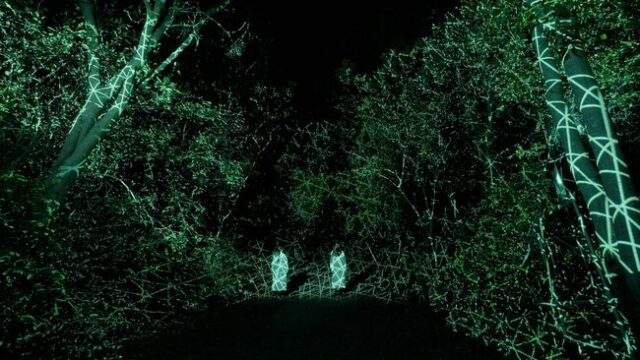Unusual handmade decor for your car. You can use this wool figurine as an air freshener (for this, just drop a few drops of aroma oil or spritz your favorite perfume on the item). Wonderful gift for your friends who love chickens! This is available in the link below…. Continue reading “Chicken air vent clip” »
Science Confirms that Dogs can Recognize a Bad Person
Dogs are said to be a man’s best friend, and according to new research, this might just be right. A new study has shown that dogs can feel if a person is untrustworthy, with bad intentions and they won’t act all cuddly around them. It is already a known fact that dogs are very intelligent and can learn lots of commands and communicate with their owners, Continue reading “Science Confirms that Dogs can Recognize a Bad Person” »
Inuit Elders Are Warning the World and NASA that “Earth has Shifted”
Global Climate Change: The Earth Has Shifted, Say Inuit Elders. A new warning has come to NASA from the Inuits. They are warning that the change in climate is not due to global warming but rather, because of the Earth shifting a bit. The Inuits are local people that live in the Arctic regions of Canada, the United States and Continue reading “Inuit Elders Are Warning the World and NASA that “Earth has Shifted”” »
Drone footage of floods and torn-up roads in North Carolina
Drone footage from North Carolina has shown severe flooding and damaged roads in the wake of Hurricane Helene. Continue reading “Drone footage of floods and torn-up roads in North Carolina” »
Tourist Causes a “World Changing” Event by Dropping Cheetos Into North America’s Largest Cave

A recent incident at Carlsbad Caverns National Park underscores the delicate balance of cave ecosystems and the unforeseen consequences human actions can have. In early September 2024, a visitor inadvertently dropped an unfinished bag of Cheetos in North America’s largest cave, known as “The Big Room.” What may have seemed like a harmless mistake led to a “world-changing” event within the cave’s ecosystem, according to the park’s staff. The cheesy snack, softened by the cave’s humid conditions, became a source of nutrients Continue reading “Tourist Causes a “World Changing” Event by Dropping Cheetos Into North America’s Largest Cave” »
Japanese Forests and Rice Terraces Are Transformed Into Magical Multicolored Dreamscapes

Japanese forests and rice terraces have been transformed into magical, multicolored dreamscapes through the innovative work of the art collective teamLab. Their recent project, Hidden Traces of Rice Terraces, brings life to the rugged Izura coastal region of Japan’s Ibaraki Prefecture, creating an immersive experience for art and nature enthusiasts alike. This breathtaking exhibition highlights the region’s concealed rice terraces and ancient forests through a vivid display of color and light, made possible by digital technology. Part of teamLab’s Digitized Nature initiative, the project aims to blend art with the natural world, emphasizing the continuity of life and time. By doing so, they create a space where the boundaries between nature and technology dissolve, allowing visitors to experience nature in a new and surreal way.

Without altering the landscape, teamLab uses light projections to illuminate the natural beauty of the forests and terraces, creating an otherworldly experience. Trees glow brilliantly, while lanterns gently float on the water, casting a soft, magical glow over the scene. These multicolored dreamscapes offer a mesmerizing contrast to the untouched natural surroundings, drawing visitors into a peaceful, almost mystical atmosphere. The exhibition, Hidden Traces of Rice Terraces, opens on September 30 in Japan, offering a rare chance for those in the area to witness this blend of art and nature.










Trending Moms are Leaving Gift Cards in Store Diaper Aisles–For Postpartum Peer Relief

A heartwarming trend has taken social media by storm, where mothers are leaving gift cards and notes hidden in diaper aisles to support their postpartum peers. This movement started when Nashville mom, Denaesha Gonzalez, noticed a purse left behind in a Target baby aisle. She reasoned that a mother likely sacrificed her desires to provide for her baby, Continue reading “Trending Moms are Leaving Gift Cards in Store Diaper Aisles–For Postpartum Peer Relief” »
Fluffier Pets, No Wet Mess: Petsnowy SMILE’s All-In-One Dryer Box

The PetSnowy SMILE Dryer Box is a game-changer for pet parents seeking a stress-free bath time experience. Instead of battling a wet, hyperactive pet running through the house, this all-in-one drying solution offers a comfortable and efficient alternative. Pets sit in a cozy, transparent box, enjoying a gentle airflow that dries them without the noise or heat of a traditional blow dryer. The Dual Brushless Crossflow Drying System ensures steady airflow from the bottom, reducing drying time and preventing fur tangles. Designed for safety and comfort, the transparent glass casing allows pets to stay calm by seeing their surroundings, and the shock-proof, ventilated design makes it a secure and peaceful environment for them to dry off.

Packed with innovative features, the PetSnowy SMILE goes beyond drying to provide a spa-like grooming experience. Advanced Negative Ion Technology makes fur softer, and fluffier and reduces shedding, leaving your pet looking and feeling their best. The dryer is easy to use with its dual LCD screens displaying real-time drying progress, temperature, and wind speed, and it even offers app support for remote control. This dryer box not only saves time and hassle for pet owners but also creates a comfortable and enjoyable post-bath experience for pets. At $489, it’s a worthy investment for those seeking a cleaner home and happier, fluffier pets.





Spain’s Olive Oil Producers Turn Tons of Their Pits into Fuel–For Homes, Planes and Industry

Spain’s olive oil producers are revolutionizing the use of olive pits, transforming them from a byproduct into a valuable resource for biofuel. In addition to producing half of the European Union’s olive oil, Spain started using hundreds of thousands of tons of olive pits to power homes, mills, and even airplanes. These pits, which account for up to 10% of an olive crop’s weight, are extracted during oil Continue reading “Spain’s Olive Oil Producers Turn Tons of Their Pits into Fuel–For Homes, Planes and Industry” »





















